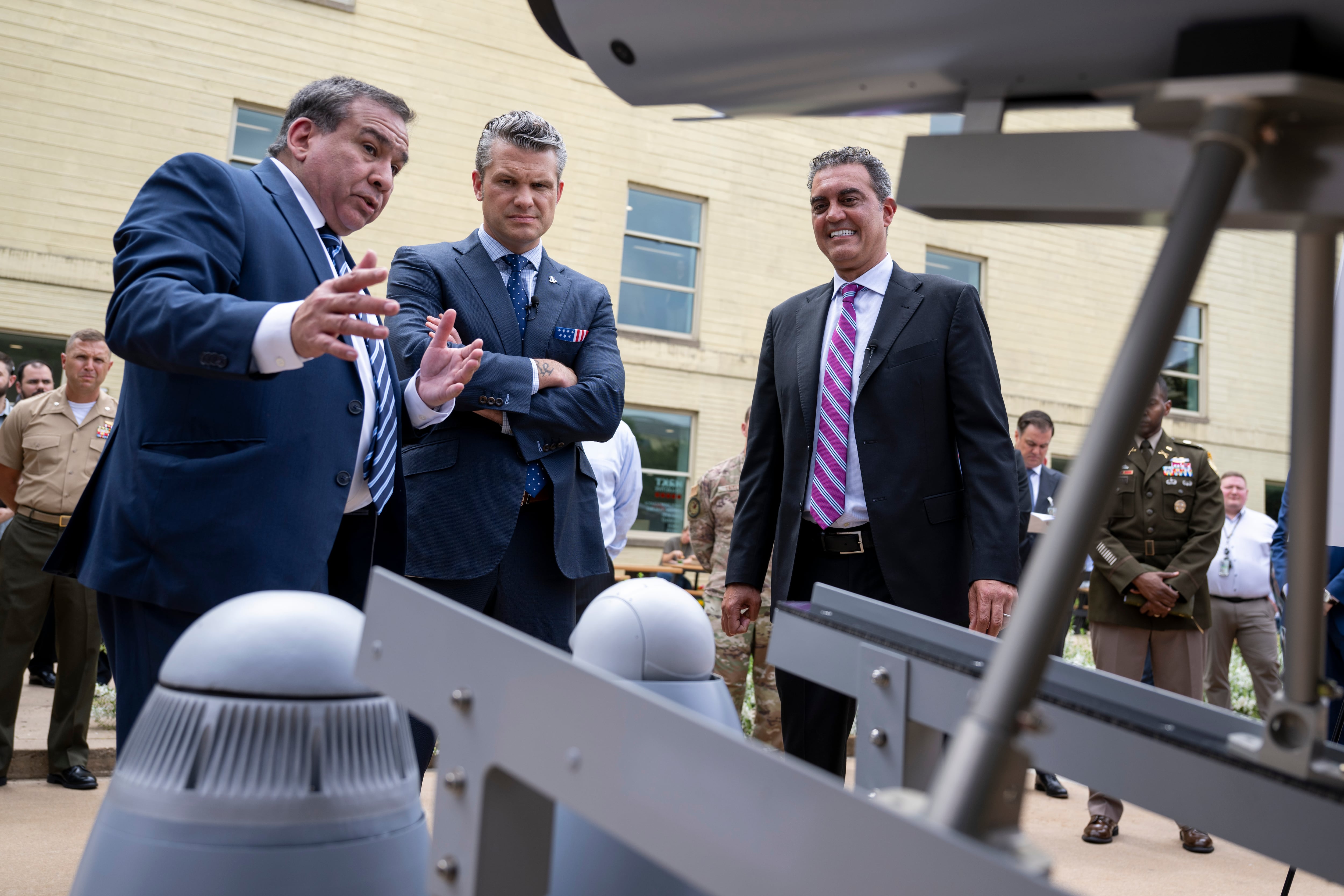Drones are becoming ubiquitous in many commercial markets. From Amazon’s promise to deliver packages through the sky to drone-based photography, it seems drones are cropping up in nearly every industry.
It comes as little surprise, then, that cheaper, consumer-focused drones are finding their way to the battlefield.
To keep service members aware of what drones are in their surrounding environment, and to keep those forces safe, the U.S. military has teamed up with drone detection company Sensofusion to provide technology that can find and destroy small enemy UAVs.
The Marine Corps has already been using Sensofusion’s detection technology to find and incapacitate incoming enemy drones, according officials from the Defense Innovation Unit-Experimental.
Kaveh Mahdavi, Sensofusion vice president of operations, said terrorist organizations like ISIS have been known to purchase inexpensive commercial drones and modify them for military purposes, including potentially spying on sensitive areas. However, the sensing technology is helpful for avoiding accidental exposure of sensitive areas, such as if a citizen with a drone accidentally flew a camera into an area that required clearance.
“What’s been proven is these are posing to be a much bigger threat -- when you talk about a hobbyist who is flying recklessly all the way to a terrorist scenario where these people are spending $500 and building these themselves using off-the-shelf scenarios,” he said.
Mahdavi said Sensofusion’s technology uses radio frequency sensors to create a manual or automated shield around a building or, in the case of their portable units, a Humvee. The technology can spot when a small UAV is nearby and can override its commands to neutralize it as a threat — a process the company calls “hijacking.”
“It’s almost like a universal remote for a drone,” he said.
After the approaching drone is identified, the interception part of the technology kicks in. The first step is radio frequency jamming, which stops the drone from getting its commands from its operator. The next step is to capture telemetry data so new instructions can be sent to the drone, essentially taking over its functions. The drone could then be ordered to land, to go back to its origin, to fall out of the sky or whatever the new operator wants. However, Sensofusion noted some countries have laws forbidding telemetry demodulation, so the capability varies based on where the device is being used.
This provides a security measure that is as effective but less drastic than shooting drones out of the sky, he said.
“It’s in those situations where counter-attacks were able to be used in more public arenas” that drone interception works best, he said.
Drone detection has long been important against nation-state attacks, but it is becoming more important as drones become cheaper and more readily available to non-state actors, he said.
For example, in 2015, a commercial drone landed on the lawn of the White House, escaping immediate detection from radar. The Pentagon recently announced that the Defense Department is authorizing the U.S. military to shoot down drones under certain circumstances, Air & Space Magazine reported.
While Mahdavi can’t disclose exactly which security operations are using Sensofusion’s technology, he stated the drone interception technology was used to neutralize a small UAV that was bound for the site of a meeting between two presidents in a European nation.
He stated that military bases, national labs and other high-security areas have several layers of security to ensure individuals can’t access restricted areas, but the sky often isn’t monitored in the same way against small UAVs.
“Military bases, they have armed guards on every corner. They have all kind of access control systems,” he said. “Yet people are still able to fly these drones under the radar and able to access sensitive areas.”








